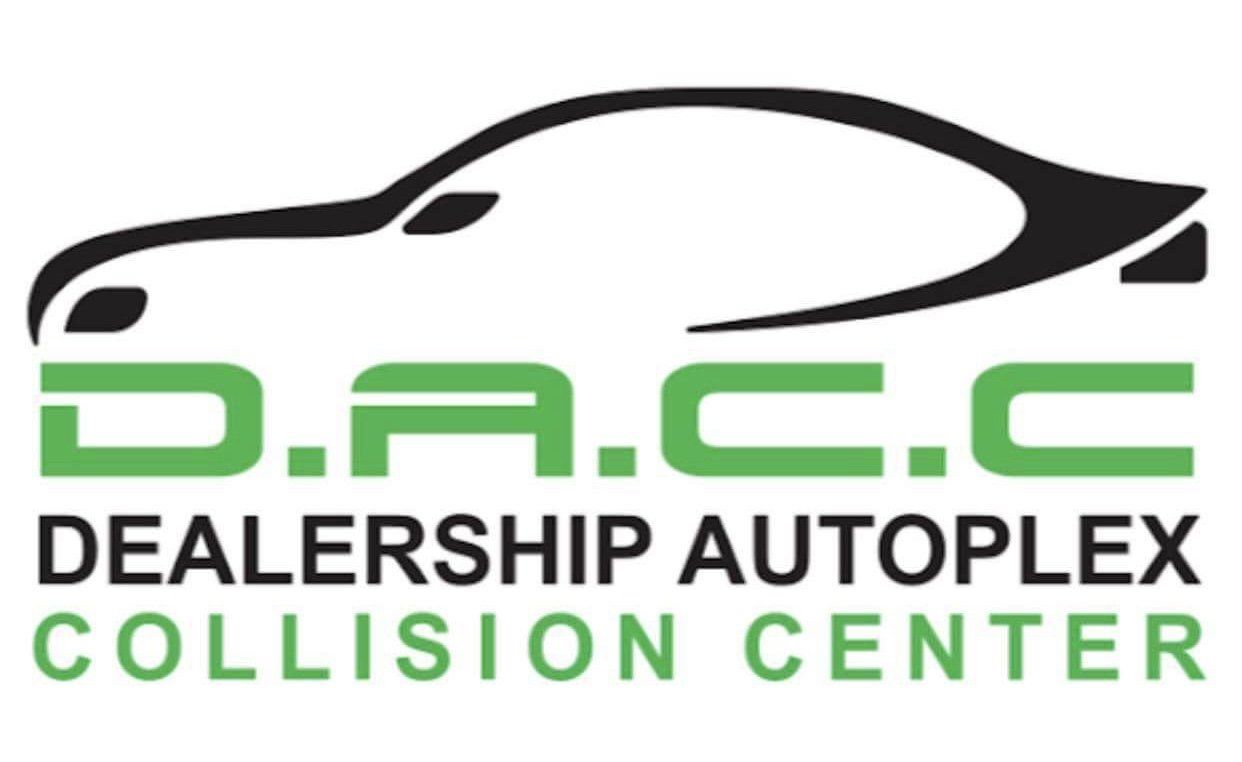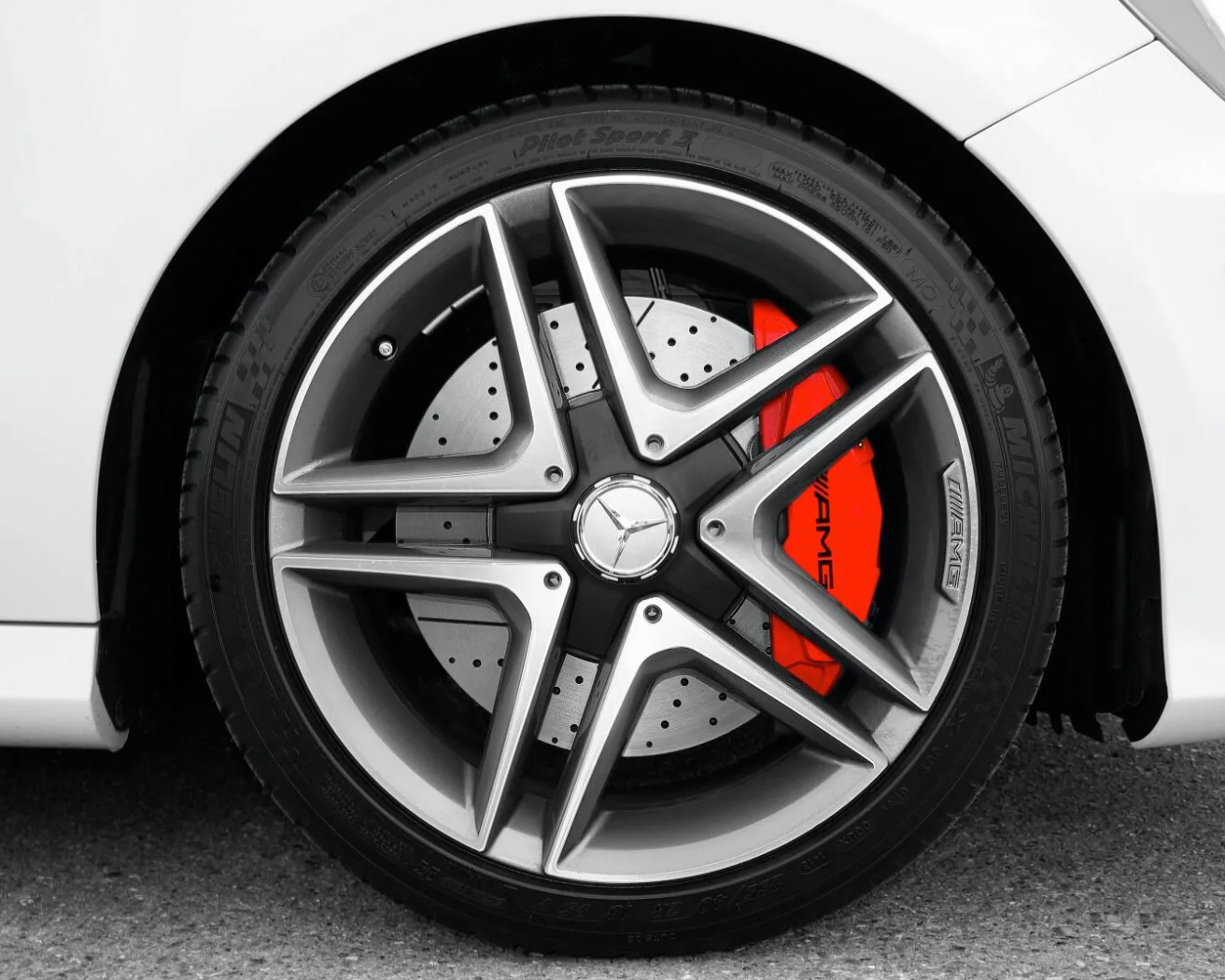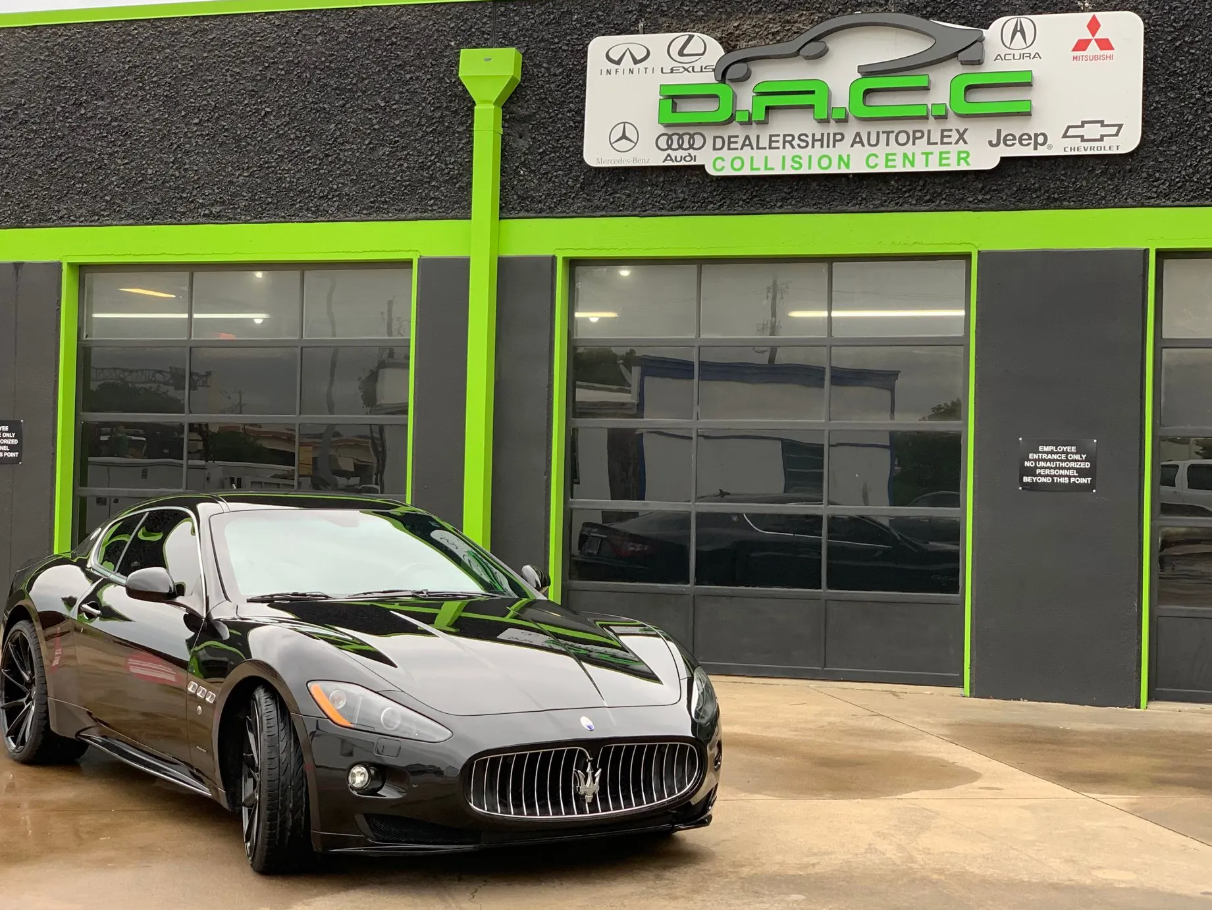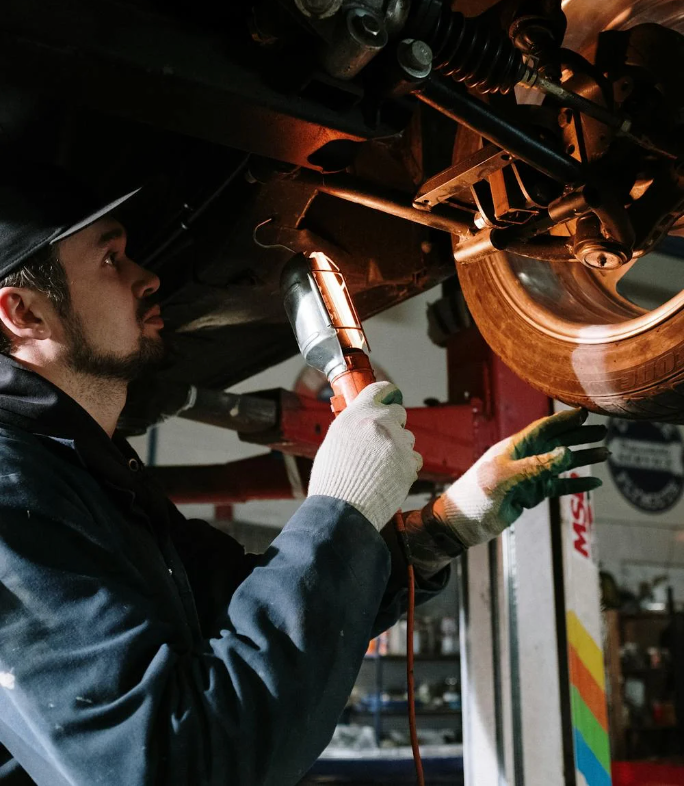Exploring Safety Features and Technology
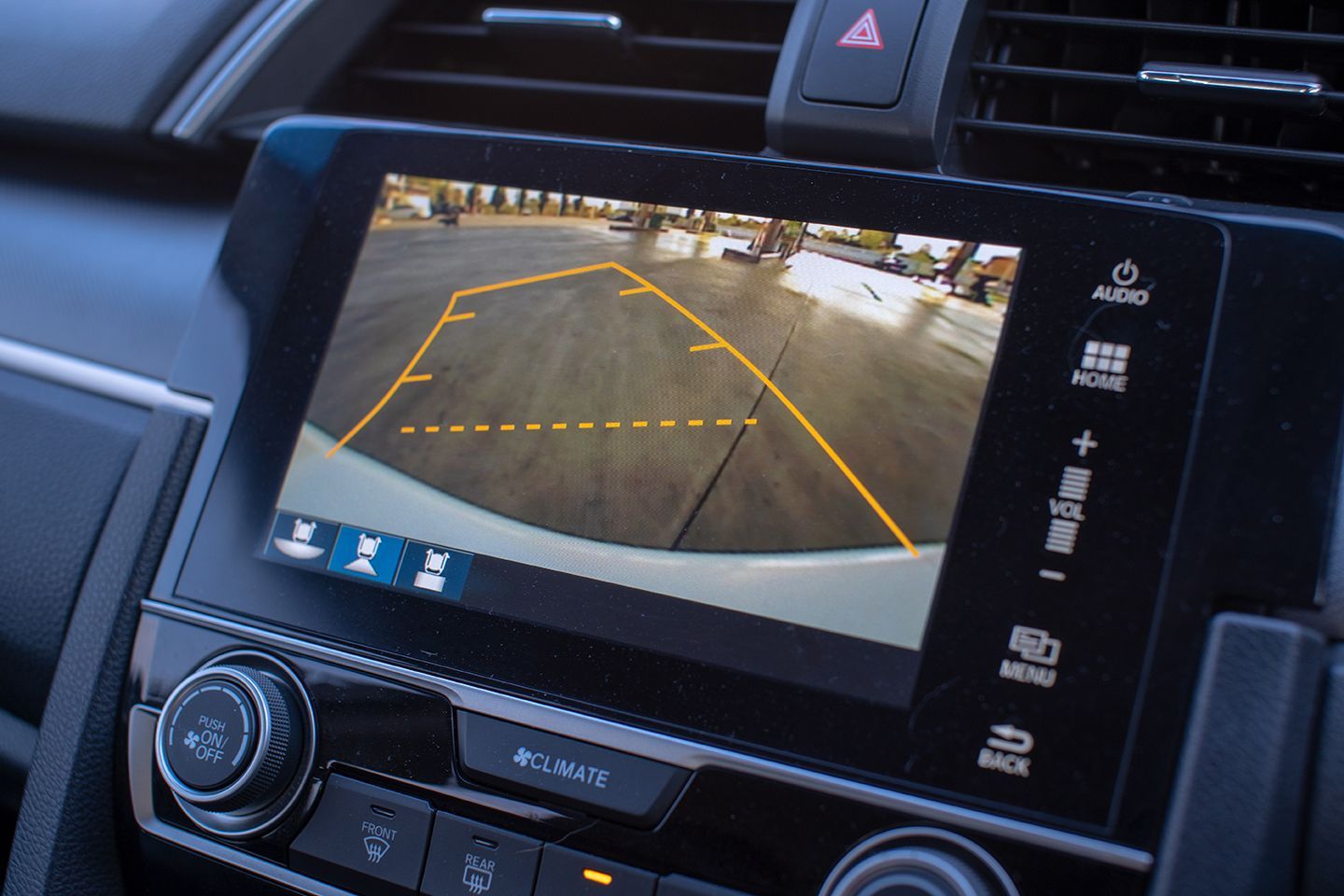
In the ever-evolving landscape of automotive technology, vehicles are becoming safer and smarter than ever before.
From collision avoidance systems to advanced driver assistance features, auto safety has taken a giant leap forward.
This blog post explores the cutting-edge safety features and technology transforming the driving experience and enhancing road safety.
Adaptive Cruise Control (ACC):
Adaptive Cruise Control (ACC) is a revolutionary feature that adjusts your car's speed based on the flow of traffic. Using sensors and radar, ACC maintains a safe following distance from the vehicle ahead, slowing down or accelerating as needed. This not only enhances safety but also reduces driver fatigue during long journeys.
Automatic Emergency Braking (AEB):
AEB is designed to prevent or mitigate collisions by applying the brakes when the system detects an impending crash. Using sensors like cameras and radar, AEB provides an extra layer of protection, especially in situations where a driver might not react quickly enough. This feature is becoming increasingly standard in modern vehicles.
Lane Departure Warning and Lane-Keeping Assist (LDW):
Lane Departure Warning (LDW) alerts the driver if the vehicle unintentionally drifts out of its lane. Lane-Keeping Assist (LKA) takes it a step further by actively steering the vehicle back into its lane. These features use cameras to monitor lane markings, providing an additional safety net to prevent unintended lane departure.
Blind Spot Detection:
Blind Spot Detection uses sensors to monitor the areas around the vehicle that may not be visible to the driver. When a vehicle is detected in the blind spot, the system typically provides a visual or auditory alert. This technology enhances safety, especially during lane changes where visibility might be limited.
Cross-Traffic Alert:
Cross-Traffic Alert is particularly useful in parking lots. Using sensors, it warns drivers of approaching traffic from the side, helping prevent collisions when backing out of parking spaces. This feature is especially beneficial in busy urban environments with congested parking areas.
Backup Cameras:
Backup cameras have become a standard safety feature in many vehicles. They provide a clear view of the area behind the vehicle, aiding in parking and preventing accidents involving pedestrians or objects in the vehicle's path.
Traction and Stability Control:
Traction and Stability Control systems help maintain control during challenging driving conditions. These technologies adjust engine power and apply braking to individual wheels, preventing skidding and improving stability. They are particularly effective in adverse weather conditions or when navigating sharp turns.
Driver Monitoring Systems:
Driver Monitoring Systems use advanced technologies such as cameras and sensors to monitor the driver's behavior. These systems can detect signs of drowsiness or distraction and issue alerts to bring the driver's attention back to the road. Some systems are even designed to adjust certain vehicle settings based on driver behavior.
As we embrace the future of transportation, auto safety features and technology continue to redefine the driving experience. From collision prevention to enhanced driver assistance, these innovations are making our roads safer for everyone. Embracing these advancements not only adds a layer of protection but also reflects the ongoing commitment to improving road safety worldwide.
